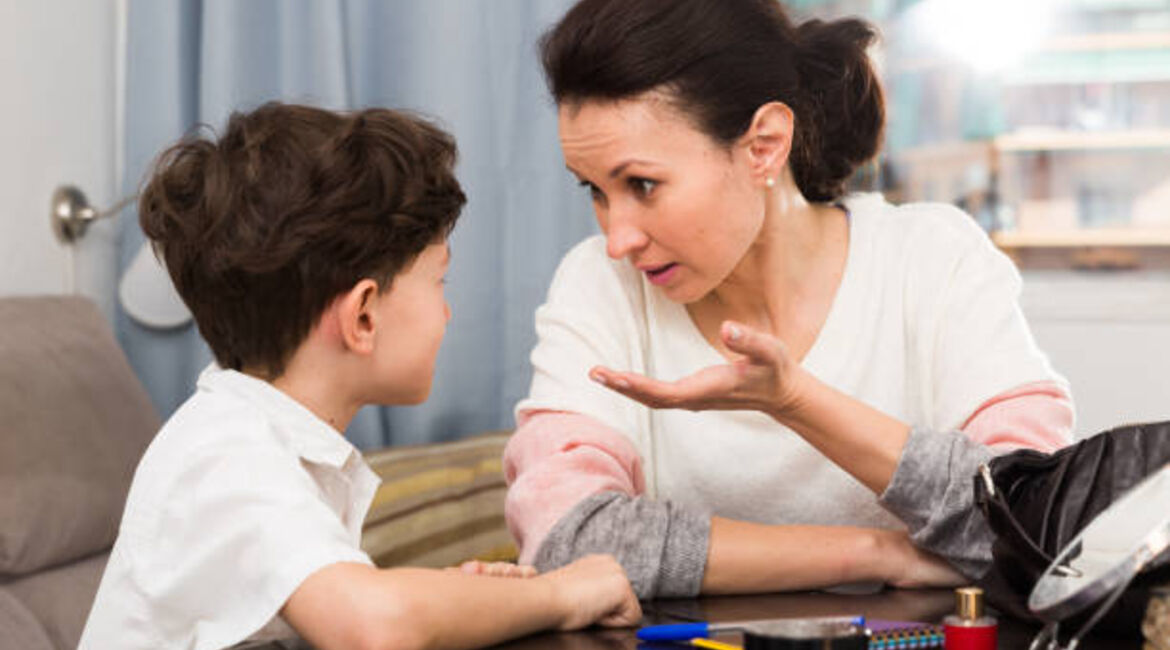Children’s right to participate in their own case
All children who are capable of forming their own opinion have the right to participate in cases that concern them.
Children have the right to receive sufficient and adapted information about the case and shall have the opportunity to freely state their opinions. When making decisions, the Child Welfare Tribunal shall take the opinion of the child into consideration in accordance with his or her age and maturity.
Children are never under any obligation to participate. It is up to the children to decide whether they wish to participate in the case.
How children can express their opinions
Children under 15 years of age may state their opinion directly to the tribunal chair or the tribunal that will be deciding the case. If a child does not wish to address the tribunal, the tribunal can appoint a spokesperson for the child. The spokesperson will talk to the child about the case, for example in the child's home, and then attend the tribunal to convey the child’s opinion. The tribunal can also appoint an expert to talk to the child.
A child who has reached the age of 15 is a party to his or her case. In certain circumstances, the tribunal may also grant a child under the age of 15 rights as a party. In cases concerning measures for children with behavioural problems or children who may be victims of trafficking, the child is always a party to the case.
Children with rights as a party have right of access to the case documents and the right to attend and state their opinion in tribunal hearings and dialogue process meetings. Children will have a lawyer appointed and paid for by the public purse.
Children's right to participate when a case is considered by the Child Welfare Tribunal
Below is an information video for children about their right to participate when a case is considered by the Child Welfare Tribunal. The video is primarily intended to support child welfare services and others charged with informing children about their right of participation and clarifying whether a child wants to state his or her opinion.
The video is aimed at children who do not have independent rights as a party. This group covers age groups from very young children up to teenagers. We believe that the film is best suited for school-age children up to about 12 years of age, but that it may also be a useful starting point for conversations with younger and older children.



